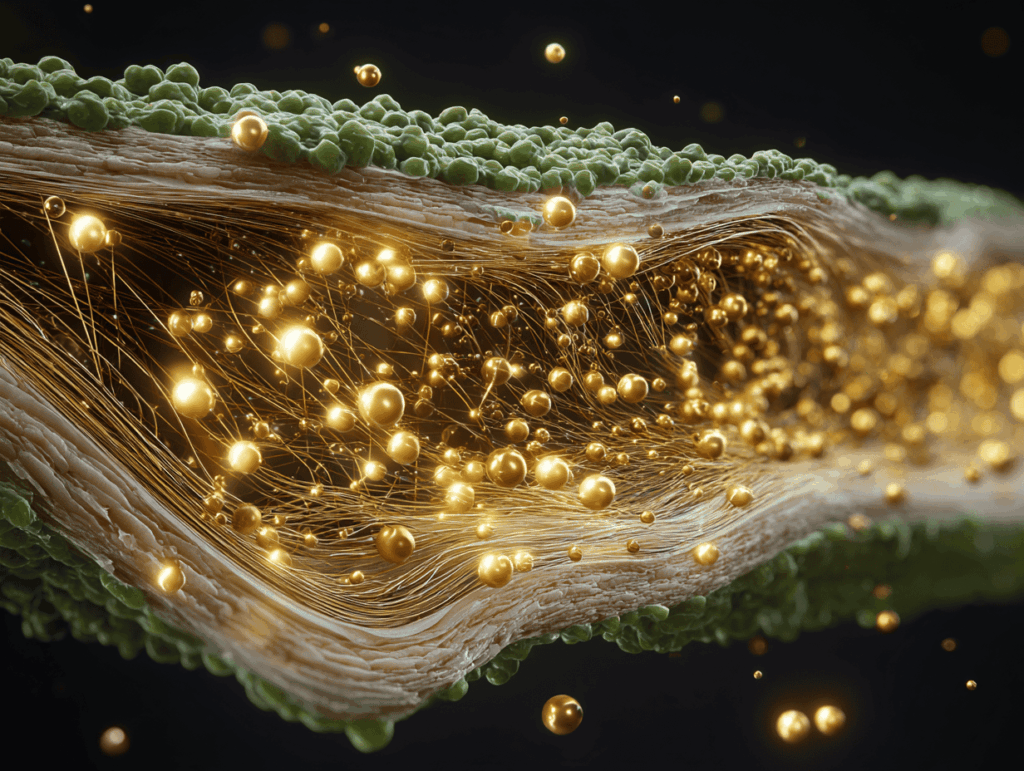
Having a clogged nose is one of the most frustrating feelings, prompting people to try various remedies for relief. But would you consider letting a team of microrobots enter your nasal cavity to solve the problem? Researchers from China and Hong Kong are betting you might. They’ve developed a swarm of tiny robots that can be injected into the sinus cavity through the nostrils. Guided by electromagnetism, these microrobots create chemical reactions to eradicate bacterial infections and clear the sinuses.
The announcement comes as nasal congestion remains a widespread issue, often caused by inflammation and swelling of the nasal passages. This condition can result from infections like the common cold or flu, allergies, pollution, or even structural issues within the nose. However, not all nasal congestion is the same. Sinus and other deep-mucosal infections often form dense, glue-like pus and biofilms that are resistant to traditional treatments like sprays or systemic antibiotics.
Innovative Approach to a Common Problem
Researchers from the Chinese University in Hong Kong, along with universities in Guangxi, Shenzhen, Jiangsu, Yangzhou, and Macau, aim to address these persistent infections with their innovative approach. Unlike previous microbots that typically carry antibiotics, this team has opted for a drug-free, catalytic method. The material of the microrobots acts as a catalyst; when exposed to light, it triggers chemical reactions on the robot’s surface, producing bacteria-killing molecules known as reactive oxygen species, along with heat.
“Our proposed micro-robotic therapeutic platform offers the advantages of non-invasiveness, minimal resistance, and drug-free intervention,” the researchers noted in their study, which was published in the journal Science Robotics. So far, the technology has only been tested in animals, successfully clearing out sinuses in pigs and rabbits. Human trials are the next step in this groundbreaking research.
Challenges and Public Perception
The main advantage of microrobots is their ability to target specific areas. Unlike conventional drugs that disperse through the bloodstream, microrobots can focus directly on the problem area. However, the concept of inserting robots into the body, particularly the nose, presents unique challenges. Ensuring the robots perform their intended function without causing harm or leaving remnants is crucial. Moreover, public perception could pose a significant hurdle.
In an era where conspiracy theories about vaccines—a technology over 200 years old—are rampant, the idea of injecting robots into body cavities might trigger skepticism. However, Prof Sylvain Martel, director of the Nano Robotics Laboratory at the Polytechnique de Montréal in Canada, who was not involved in the research, suggested that public apprehension might dissipate over time. “People will get used to it pretty quickly,” he told The Guardian.
Future Prospects and Applications
Even if public acceptance grows, it will likely take several years for the technology to pass safety and regulatory clearances. Researchers must ensure that each robot either exits the body or biodegrades and refine the magnetic controls to guarantee proper behavior within human bodies. This process typically spans 5 to 10 years.
The potential of this technology extends beyond nasal applications. The same approach could be adapted to target infections in the bladder, intestines, or other areas where pus creates a barrier. This development represents a significant step forward in medical technology, offering a new avenue for treating stubborn infections that resist traditional methods.
As the research progresses, the medical community and the public will be watching closely to see if microrobots can indeed revolutionize the way we treat sinus and other mucosal infections. The promise of targeted, drug-free intervention could mark a new era in medical treatments, provided the challenges can be overcome.







